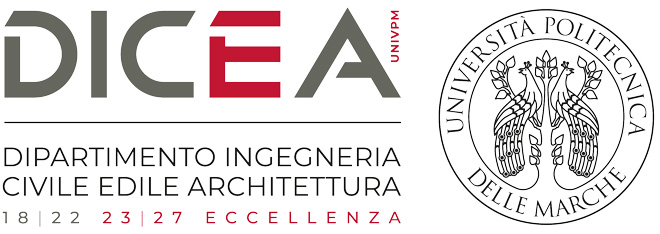UNIVPM’s Structural Mechanics group has hosted excellence in the matter of research since its start as of Universita’ di Ancona. It was the down of a rigorous scientific approach and critical thinking. Prof. Paolo Podio Guidugli (Roma Tor Vergata professor and Accademico dei Lincei fellow), full professor at the Ancona University from 1975 to1977, has contributed thanks to his interests and passion on the continuum mechanics, mechanics of materials, linear and nonlinear elasticity.
In 1977, Prof. Giovanni Menditto is appointed, the Istituto di Scienza e Tecnica delle Costruzioni moves its first steps. Professor Menditto plays a key role for the design of the Materials and Structures Laboratory (Lab. di Prove Materiali e Strutture) within the DICEA department. Today the lab brings the name of its founder.
In the period ‘95-’98, Angelo Marcello Tarantino (today full professor at UniMORE) works in the Istituto di Scienza e Tecnica delle Costruzioni as a researcher. His contribution is in the field of viscoelasticity, fractures, bifurcation theory, linear and nonlinear dynamics, chaos, piezo- and- magnetic elasticity.
More recently, Eng. Lando Mentrasti (working on curved beams, structural mechanics, characterization of Italian Bamboo) and Professor Giammichele Cocchi (on the rheology of concrete structure, flexural instability, nonlinear fracture) have been contributors of the group, they are both retired.
The research group develops and disseminates knowledge, tools and innovative techniques for understanding and solving problems in the realm of applied science and engineering.
It investigates the static and dynamic behavior of structures. It aims at designing buildings and mechanical parts, and any other component for the benefit of mechanical engineering and architectural design. The group also tackles issues in bio and nano engineering paying attention to advanced materials.
We research both classical and innovative topics of theoretical and applied mechanics of solids and materials.
